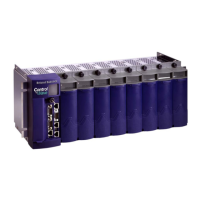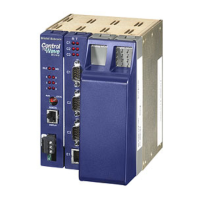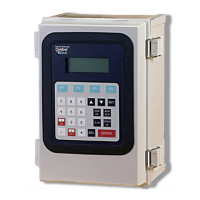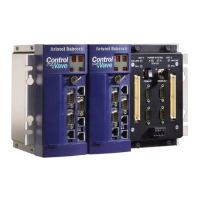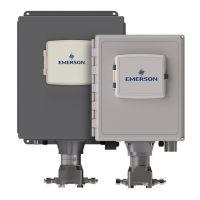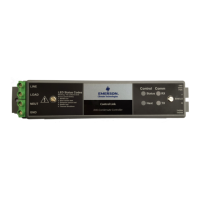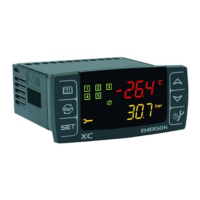Site Considerations for Equipment Installation, Grounding, and Wiring Manual
D301452X012
October 2019
10 Grounding and Isolation
Figure 3-3: Basic Ground Bed Soil Test Setup with Additional Ground Rods
With the addition of the additional ground rouds, if the GRTU still reads more than 10 ohms, mix a
generous amount of cooking salt, ice cream salt, or rock salt with water and then pour about 2.5 to
5 gallons of this solution around each rod (including the test rods). Wait 15 minutes and re-test the
soil. If the test fails, the soil is poor, and you must construct a “poor soil ground bed.”
Figure 3-4 shows a typical poor soil ground bed electrode. A poor soil ground bed typically consists
of four or more 10-foot long electrodes stacked vertically and separated by earth. Figure 3-5 shows
the construction of a poor soil ground bed. For some poor soil sites, the ground bed is constructed
of many layers of “capacitive couplings” as illustrated. In sites with extremely poor soil, you may
have to bury one or more 3’ by 3’ copper plates (12 gauge or 1/16” thick) in place of the electrodes.
Figure 3-4: Ground Electrode Construction for Poor Soil Conditions
3.3.1.3 Dry, Sandy or Rocky Soil
A very dry soil does not provide enough free ions for good conductance, so a single ground rod is
not effective. In these situations, a buried counterpoise or copper screen is recommended, and you
must keep the soil moist through regular applications of water.
Sandy soil, either wet or dry, may have had its soluble salts leached out by rain water, thereby
reducing ground conductivity. High currents from lightning strikes could also melt sand and cause
glass to form around the ground rod, rendering the rod ineffective. For these installations, a buried
counterpoise or copper screen is preferred along with regular applications of salt water.
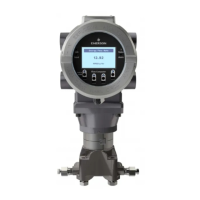
